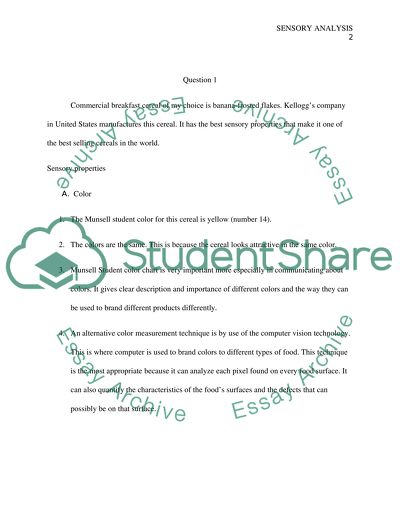Cite this document
(Sensory Properties of Foods Essay Example | Topics and Well Written Essays - 2000 words, n.d.)
Sensory Properties of Foods Essay Example | Topics and Well Written Essays - 2000 words. Retrieved from https://studentshare.org/other/1605556-sensory-analysis-food-properties
Sensory Properties of Foods Essay Example | Topics and Well Written Essays - 2000 words. Retrieved from https://studentshare.org/other/1605556-sensory-analysis-food-properties
(Sensory Properties of Foods Essay Example | Topics and Well Written Essays - 2000 Words)
Sensory Properties of Foods Essay Example | Topics and Well Written Essays - 2000 Words. https://studentshare.org/other/1605556-sensory-analysis-food-properties.
Sensory Properties of Foods Essay Example | Topics and Well Written Essays - 2000 Words. https://studentshare.org/other/1605556-sensory-analysis-food-properties.
“Sensory Properties of Foods Essay Example | Topics and Well Written Essays - 2000 Words”, n.d. https://studentshare.org/other/1605556-sensory-analysis-food-properties.


